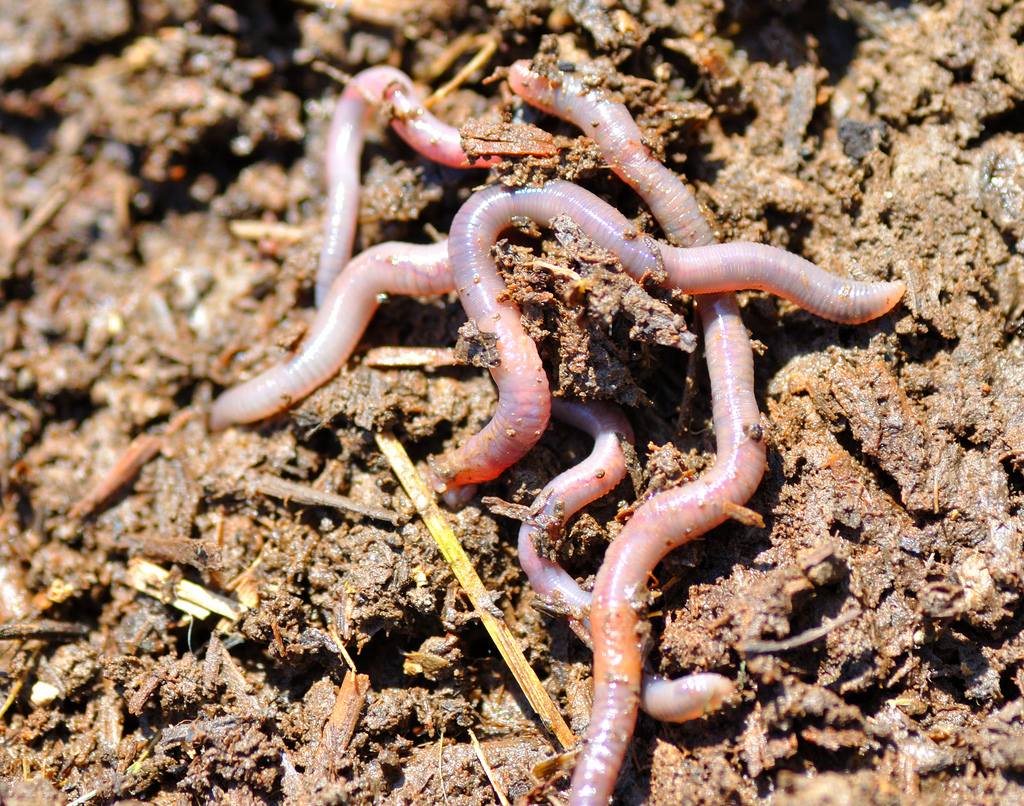Science News
Earthworm Herd
April 16, 2010

Have you ever heard of an earthworm herd?
According to the journal of Ethology: the International Journal of Behavioural Biology, earthworms use touch to communicate and influence each other’s behavior to travel in the same direction.
This strange behavior, found in the earthworm Eisenia fetida, is the first time any worm has been shown to form active herds.
"Our results modify the current view that earthworms are animals lacking in social behavior," says Lara Zirbes, lead author of the study and a PhD student at the University of Liege in Gembloux in Belgium.
"We can consider the earthworm behavior as the equivalent of a herd or swarm."
Originally Zirbes and her colleagues were studying how earthworms interact with other soil microorganisms when they noticed the worms interacting with each other in clusters and compact patches out of the soil.
To test their hypothesis that worms were communicating, they placed 40 earthworms in a central chamber with two identical arms. They then left group alone for 24 hours. After over 30 repeats of the trial, the worms preferred to group in either one chamber or the other.
Additional testing showed that the worms actually used touch, and not pheromone trails (as ants and other social insects do) for their communication.
“To our knowledge this is the first example of collective orientation in animals based on contact between followers,” the researchers wrote in the journal.
"It is also the first one of collective movements of annelids."
The researchers suspect other earthworm species may have also similar clustering behavior. One reason the Eisenia fetida earthworms gather may be because they secrete fluids with antibacterial properties that potentially deter soil pathogens. By collecting together they may increase the amount of fluids that cover each of the individuals, according to the researchers.
Creative Commons image by Will Merydith